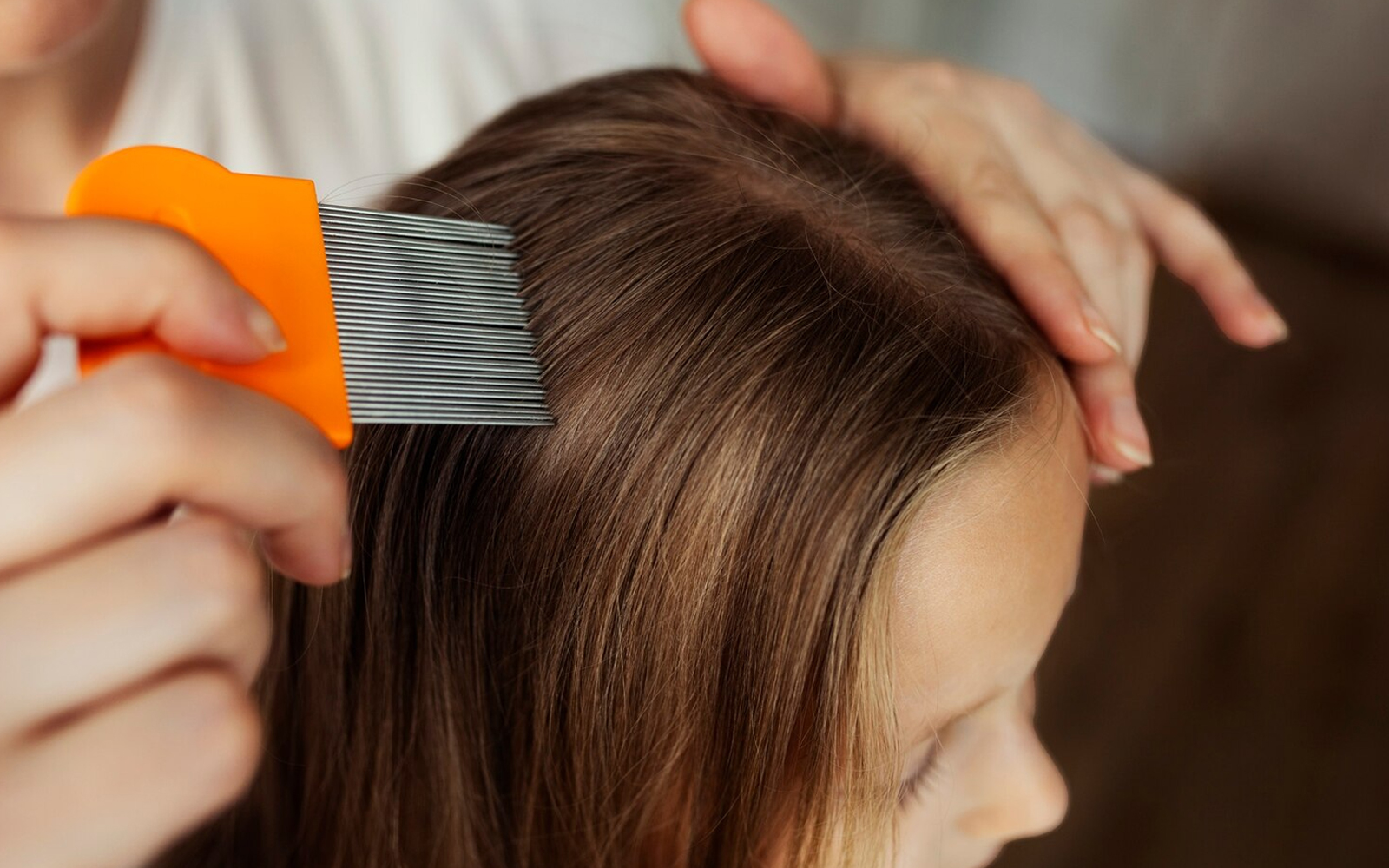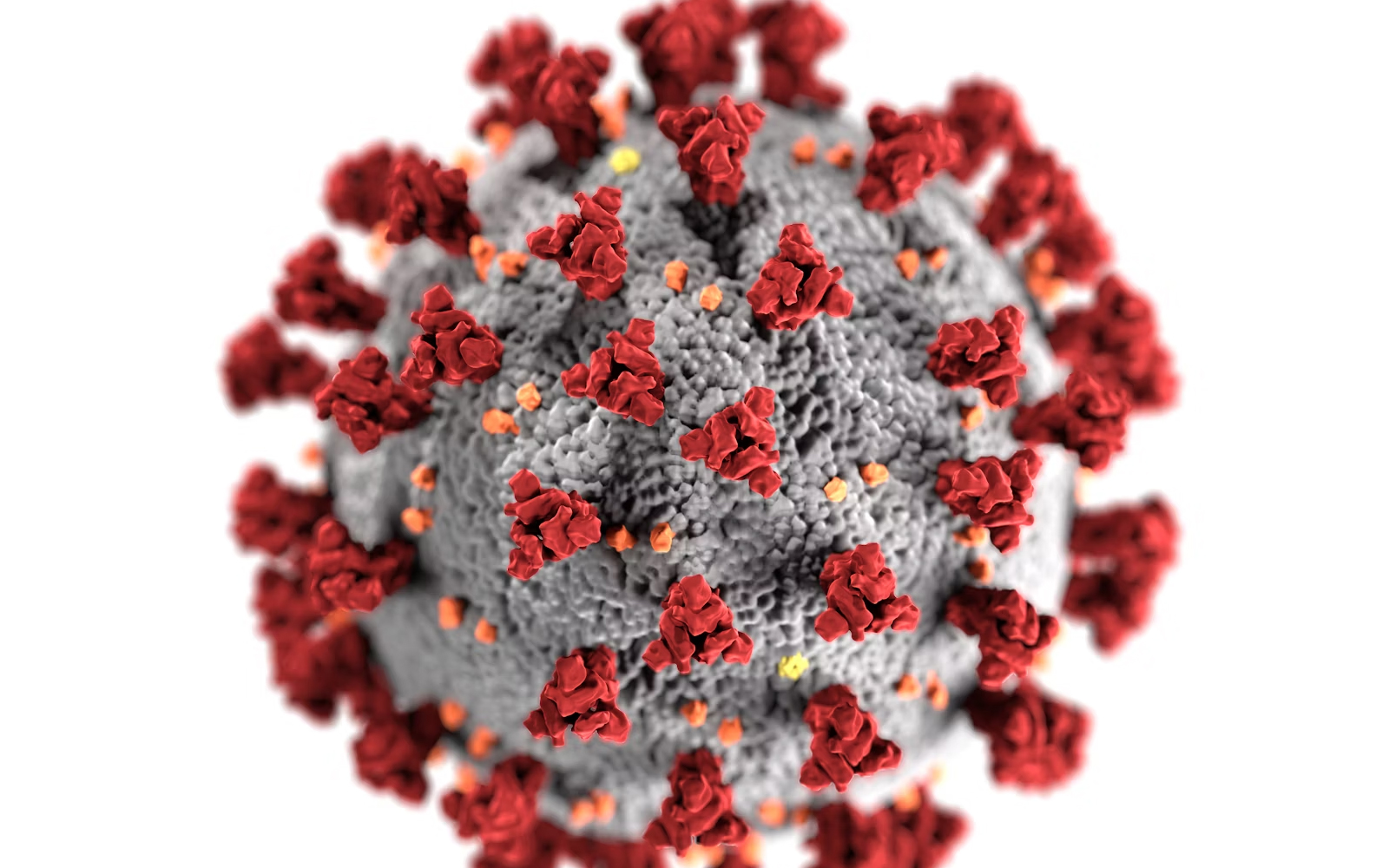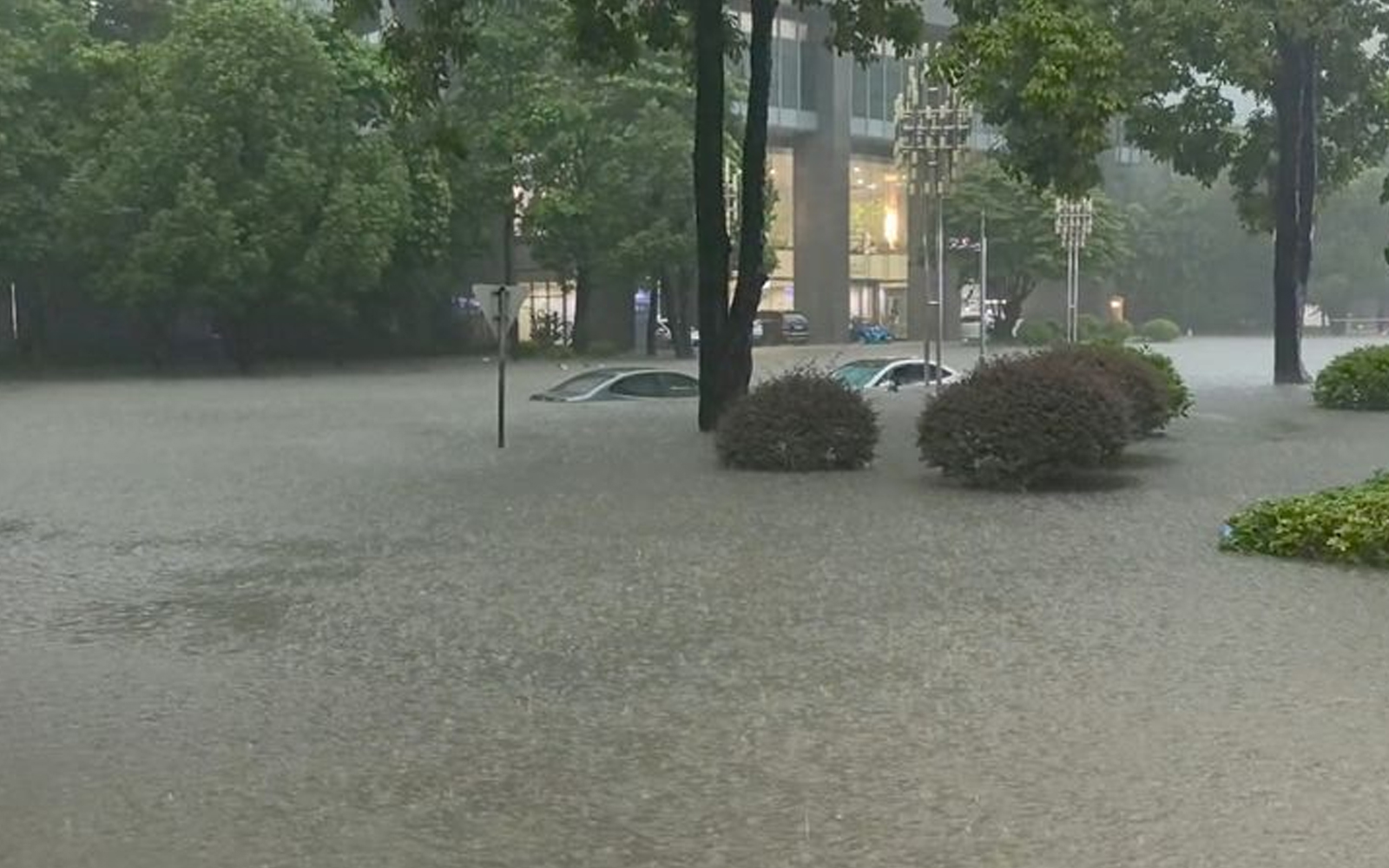
As the school year begins, along with the usual rush, there’s also the risk of infections, including head lice.
The common head louse (Pediculus humanus capitis) is a tiny, wingless parasite about the size of a sesame seed, which lives in human hair and feeds on blood from the scalp.
How Do Lice Spread?
Head lice are primarily spread through direct contact with an infected person, but they can also be transferred by sharing hats, caps, or hairbrushes. Lice are most common among preschool and school-aged children who frequently come into close contact with each other.
Lice lay their eggs, known as nits, especially behind the ears and at the back of the neck. Within a month, these nits hatch and the lice population multiplies, making the infestation harder to control.
Diagnosing a Lice Infestation
Head lice are usually diagnosed by their symptoms, and no lab tests are needed. The main symptom is intense itching of the scalp, triggered by substances released during blood feeding. This itching often leads to scratching, which can cause sores or, in severe cases, bacterial infections.
Repeated infestations may even cause allergic reactions to the substances lice excrete. Nits are difficult to remove, as they stick to the hair with a glue-like substance, requiring the use of a fine-tooth comb and vinegar water to loosen them.
Here are common signs of head lice in children:
- Itching: Persistent scalp itching is the most common symptom.
- Red Spots or Sores: Bites and scratching can lead to red spots or small sores on the scalp.
If you suspect your child has lice, it’s recommended to see a pediatrician who can confirm the diagnosis with a thorough scalp examination.
Treatment and Prevention
Immediate treatment is essential as untreated lice can cause ongoing itching and discomfort. Successful removal requires treating both the child and their environment.
Steps to Eliminate Lice:
- Consult a Doctor or Pharmacist: If you suspect lice, seek advice from a healthcare professional. They can confirm the infestation and recommend appropriate treatment.
- Use Lice Treatments: Key treatments include anti-lice shampoos, sprays, or creams. Follow the doctor’s or pharmacist’s instructions, as well as the product’s directions. Repeat the treatment if necessary.
- Fine-tooth Comb: Regular combing with a fine-tooth comb is an effective method to remove lice and their eggs. Carefully comb through the affected areas and check your child’s hair regularly for signs of reinfestation.
- Clean Personal Items and Environment: Wash all items that have come into contact with infected hair, such as brushes, hats, and pillowcases.
- Keep Personal Items Separate: To prevent spreading lice, do not share personal items such as hats, hair ties, or hairbrushes with others.
- Avoid Direct Contact: Teach your child to avoid direct contact with others, especially in environments like schools or daycares where lice can easily spread.
- Notify the School: If your child has lice, inform their school or daycare to allow for necessary measures and checks of other children.
- Regular Checks: Even after treatment, continue checking your child’s hair regularly to ensure the lice don’t return.
By following these steps, you can effectively manage and prevent head lice, keeping your child comfortable and lice-free.


